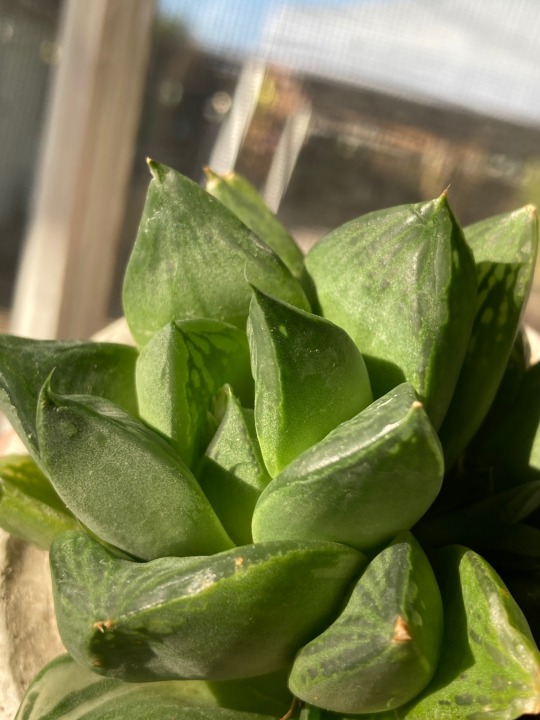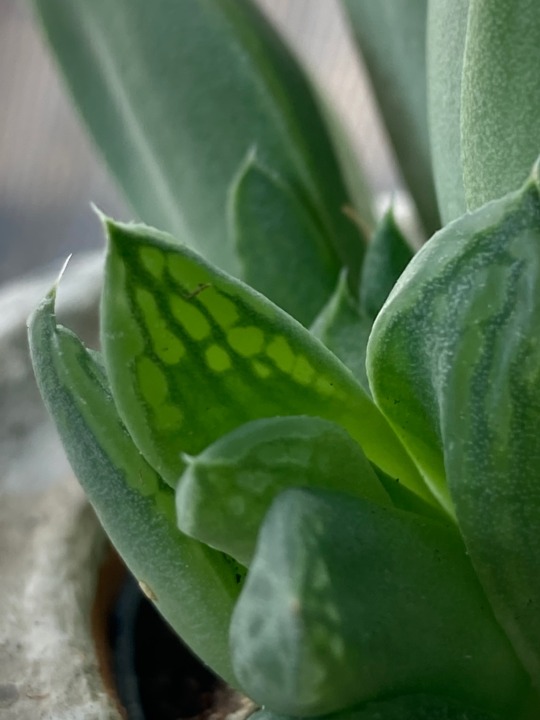#haworthia cuspidata
Text
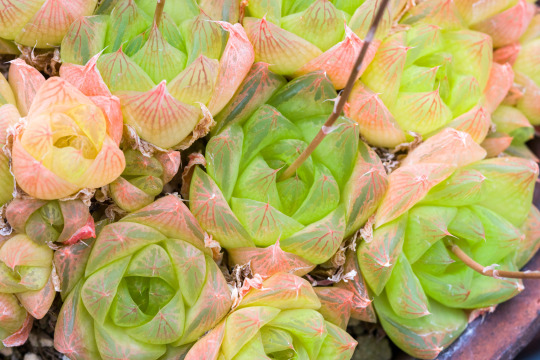
#haworthia x cuspidata 'Variegata'#Hokkaido University Botanical Gardens#Sapporo#宝草錦#北海道大学植物園#札幌#Carl Zeiss Makro-Planar T* 2/100
24 notes
·
View notes
Text
been looking at some different haworthia species & i think my new haworthia may actually be H. retusa rather than H. cuspidata 🤔
iirc H. cuspidata might actually be a hybrid between H. retusa & some other haworthia species, so they must be very similar/very closely related either way
1 note
·
View note
Text

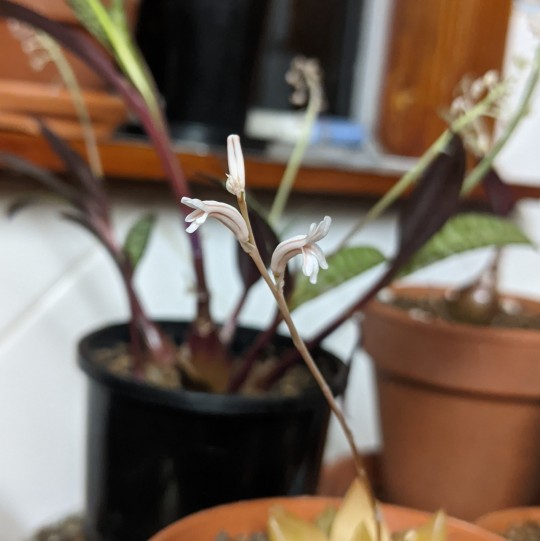
Tuesday, 13th October, 2020
Very cute little flowers from my haworthia. First time having a flowering haworthia!
🌱🌱🌱
60 notes
·
View notes
Text
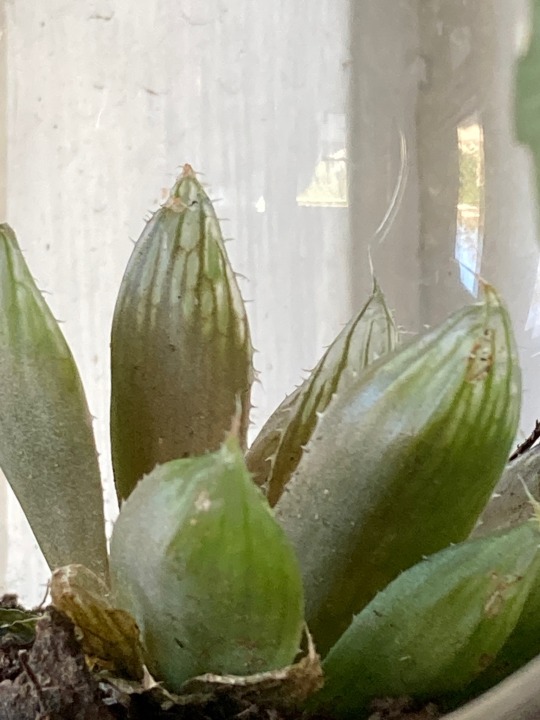

2 notes
·
View notes
Text


43 notes
·
View notes
Text
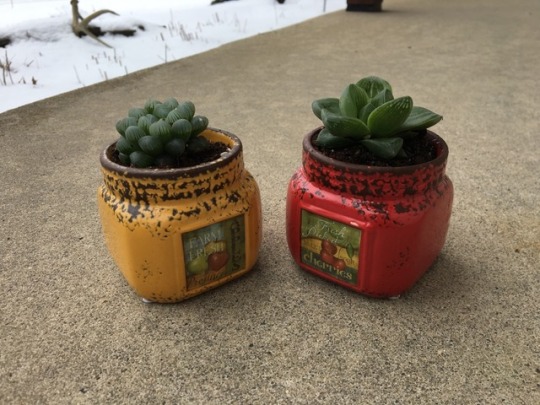
finally I’ve got Haworthia cooperi !! and the pots were so cute I couldn’t help but get a matching Haworthia cuspidata too
#mine#plants#succulents#plantblr#plantcore#gardencore#cottagecore#haworthia#haworthia cooperi#haworthia cuspidata
136 notes
·
View notes
Text



A couple of our haworthia have recently started putting out variegated pups. I'm very excited to see if these also produce variegated pups or if it's just a weird fluke!
0 notes
Text
DIFFERENT TYPES OF HAWORTHIA SUCCULENTS | itsaboutgardening.com

Different Types Of Haworthia - Haworthia is a large genus of succulents that are tiny in size as well as are slow-growing plants. It is unbelievable that these succulents feature various leaf forms, flower dimensions, shades, and also hardiness zone.
If you ask yourself where this succulent type originates from, it desired the British botanist as well as entomologist Adrian Hardy Haworth. These kinds of succulents are recognized to be container or garden plants. And also like any other succulents, they also generate special blossoms during their growing periods. Those flowers are generally white in shade and small in dimension.
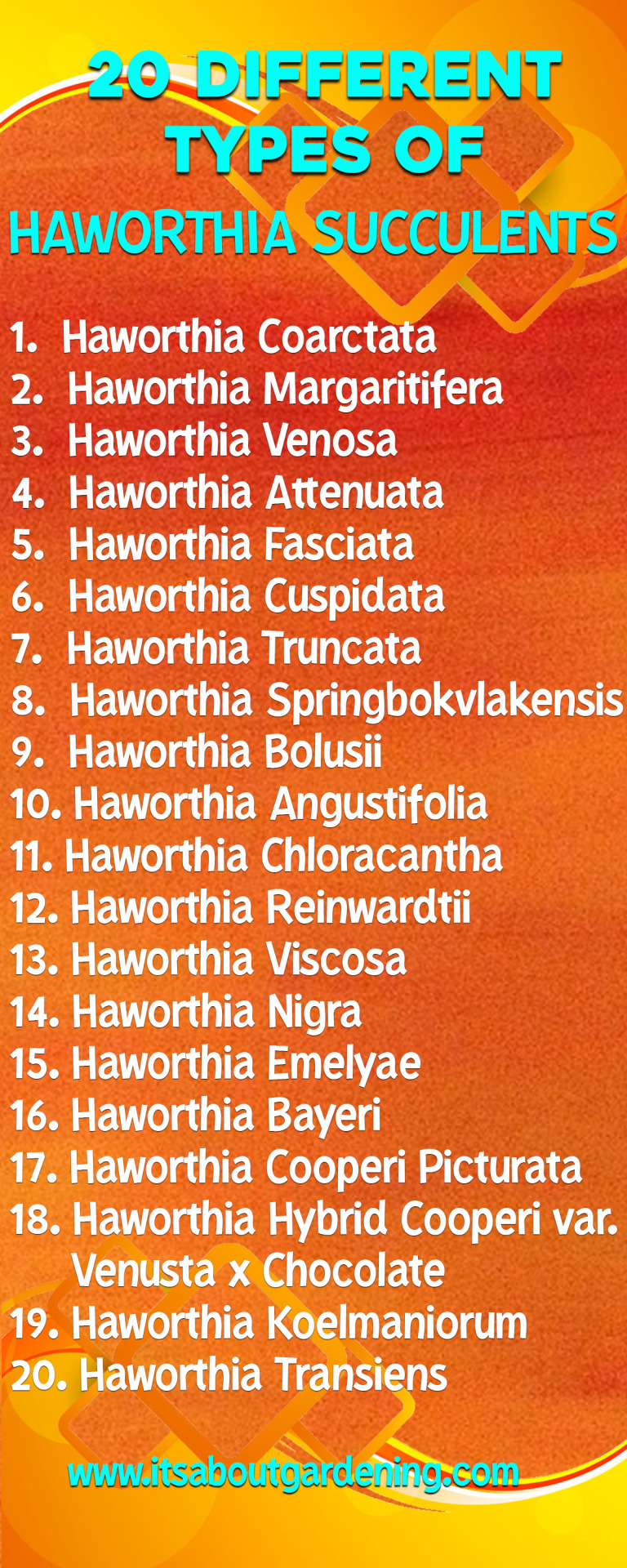
Different Types Of Haworthia Succulents
Did you understand the amount of species are under this kind of Haworthia Succulent plants? Well, there are about 150 species of them. Isn't it incredible? Most of these succulents are singular, and also some are clump-forming. You can further review listed below several of the various kinds of Haworthia succulents.
1. Haworthia Coarctata
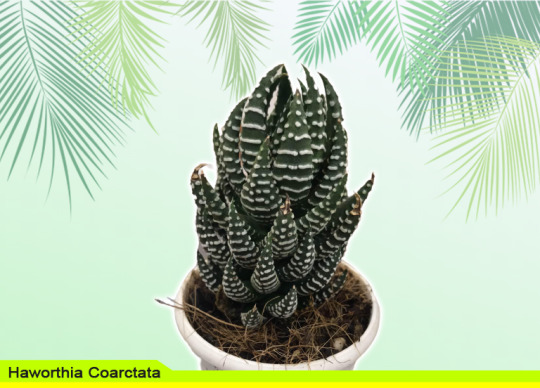
Haworthia Coarctata or Haworthiopsis Coarctata is a succulent citizen from South Africa. It is a slow-growing as well as clump-forming succulent that has interesting attributes. Haworthia coarctata has dark-green rosettes with pink and also curved ideas.
This delicious is not cold-hardy and can endure Zone 10a (minimum 30 0F -1.1 0C). It is additionally a dormant summer season sort of delicious but still chooses partial shade to complete sun. When this succulent expands, anticipate that it can get to 8 inches in elevation and 2 inches wide.
You can proliferate Haworthia Coarctata by its offsets, seeds, or leaves. It is very easy to care succulent as well as just needs regular watering.
2. Haworthia Margaritifera

This succulent is recognized for several names: Haworthia Pumila or Pearl plant, Padding Aloe, and Fasciata Zebra cactus plant. With its one-of-a-kind as well as charming look, it is remarkably a low-maintenance plant.
When this succulent grows, it can rise to 4 inches in elevation and 6 inches wide. When its rosettes expand, you can expect that they grow in clumps. The fallen leaves of Haworthia Margaritifera have a tendency to expand up in a curving position.
Like any other succulents, the blooming season of this plant is during springtime. And when it blooms, it generates slim blossom stalks. Another piece of information about this delicious is that it can flourish in partial shade to full sunlight.
Still, it can not hold up against below 53o degrees Fahrenheit. A fascinating truth concerning Haworthia Margaritifera is it can meet thirty years! Isn't it amazing?
3. Haworthia Venosa

This succulent is native to the Southern part of Africa and Namibia. It has other names, such as Haworthia Tessellata, but the majority of Africans called it Venstertjie. This plant is not like any other plant because it is adaptable to both amazing and warm locations.
Though Haworthia Venosa still chooses low moisture with tool light and not direct sunshine. It can still make it through throughout wintertime with 15 0C or 59 0F temperature. Many garden enthusiasts as well as delicious collection agencies like this plant due to its lovely leaf markings and color.
When correctly cared for, Haworthia Venosa can grow up to 5 inches in elevation. As well as throughout the summer season, you can anticipate some little as well as white-colored blossoms on the top of its stem. It is additionally excellent to know that this succulent is safe to humans and also animals, so it is risk-free to have this plant anywhere you desire.
4. Haworthia Attenuata

Haworthia attenuata is generally misinterpreted for Haworthia fasciata. Both of these succulents have an one-of-a-kind function: zebra stripes that surround each fallen leave of the plants.
Nonetheless, Haworthia attenuata has deserving developments as well as thick leaves than Haworthia fasciata. The rosettes of Haworthia attenuata can grow up to 8 inches high and 5 inches large, as well as these rosettes are available in globs.
Throughout the summertime period, which is flowering, this succulent generates tiny pink or white flowers on the leading end of the stem. Haworthia Attenuata's growing season is from April to September. As well as this succulent likes intense sunlight, so when positioned inside, it rarely blooms.
5. Haworthia Fasciata
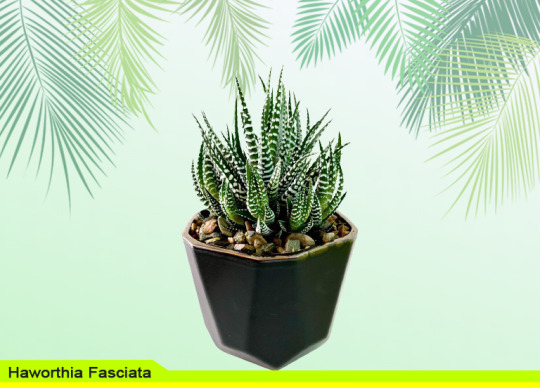
The name of this succulent came from the Latin word "fascia," which suggests "band or strip." Due to those white red stripes around its fallen leaves, it is likewise called Zebra Haworthia.
You can discover this plant in the Southern part of Africa. Aside from its special lines, it has dark-green fallen leaves, thick and also triangular. Even though Haworthia fasciata is a relatively tiny succulent as well as can just grow for concerning 5 inches, it still creates flowers.
These white-colored blossoms appear in springtime or summer season. This delicious is additionally not chilly hardy as well as likes bright sun, but can still grow well indoors. Other than that, it is likewise dry spell tolerant and also summer season dormant. Haworthia fasciata is risk-free to have around since it is safe to humans as well as animals. It is without a doubt real that Haworthia fasciata is a rare plant.
6. Haworthia Cuspidata
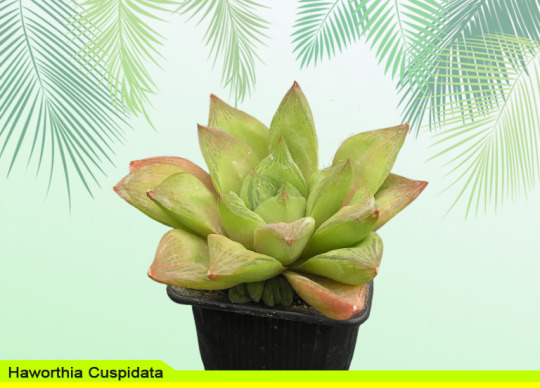
The name "Cuspidata" originated from the Latin word "cupidatus," which means "pointed." It has a scientific name of Haworthia Cymbiformis, however this succulent is widely popular as Star Home window Plant.
Haworthia cuspidata is understood for having uncommon rosettes such as sharp suggestions and also grey-green obovate leaves. These rosettes can mature to 4 inches in diameter. Despite the fact that Haworthia cuspidata is a stemless plant, it can still generate flowers.
Some white-colored blossoms show up in florescence in late springtime or mid-summer, which includes beauty to the plant. For this plant to accomplish its best appearance, it needs partial color to full sun.
It will require time before Haworthia Cuspidata comes to be a mature delicious given that it belongs to the slow-growing type of succulents.
7. Haworthia Truncata
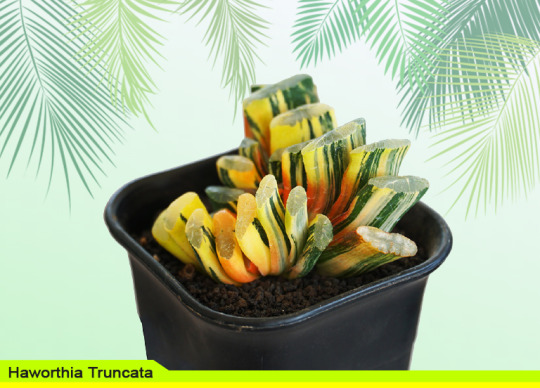
If a word can describe this succulent, that word is oddly attractive. Haworthia Truncata is an uncommon plant and is a native of Cape Province, South Africa.
This delicious is known for having leaves that appear like a horse's teeth. These leaves expand in thick clusters for concerning 3 to 5 inches in elevation. The small leaves are environment-friendly in shade and rectangular in shape. This kind of delicious kinds inflorescence stalks where white flowers show up in summer season.
Haworthia Truncata is an easy to care plant that only needs typical watering and also partial shade to complete sunlight. It is adaptable to temperature adjustments and can endure light frost yet not lower than 41 0F.
8. Haworthia Springbokvlakensis

This succulent is not an usual type of plant. It has distinct functions such as brownish red stripes on its transparent, gray-green leaves.
Other than that, Haworthia Springbokvlakensis's vegetation has actually rounded leaf tips, which makes it more cute.
Those fallen leaves can mature to 2 to 3 inches in height and 0.6 wide. This kind of succulent is commonly little and also slow-growing. In summer, it generates lovely white flowers. The majority of garden enthusiasts enjoy this plant since it is simple to care for and not testing to grow.
9. Haworthia Bolusii
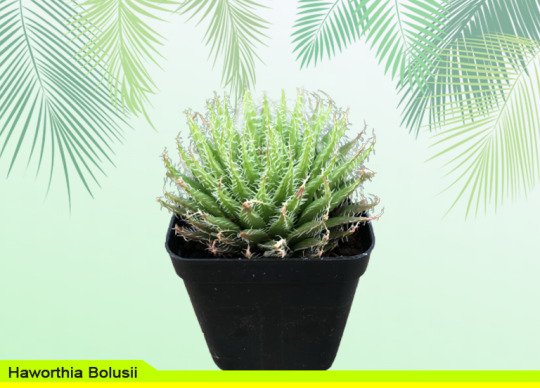
This stemless succulent can mature to 6 inches in height. It has fleshy eco-friendly leaves that can mature to 3.2 inches wide. Haworthia Bolusii's foliage is incurved fit and also extends inwardly in a curved instructions.
When you look better, this succulent has transparent thorns on its margins, as well as from afar, those thorns look like a crawler web. In late springtime to early summertime, Haworthia Bolusii generates little white flowers with brownish blood vessels.
For this succulent to grow, it requires a warm temperature level in summer season and a cool temperature level in winter season. Excessive heat and cold may harm this plant.
10. Haworthia Angustifolia

Haworthia Angustifolia gets its name from the Latin words "Angus," which implies "slim," and "folium," which suggests "fallen leave." That is why it is likewise called Narrow-leaved Haworthia.
This plant is belonging to South Africa, as well as unlike many Haworthia's, Haworthia Angustifolia is a fast-growing succulent. The only similarity of this succulent to others is its height. Haworthia Angustifolia is relatively little and also can just grow up to 3.2 inches in size as well as 4 inches in elevation.
Its rosette is composed of soft, narrow, and also fleshy-green leaves that grow in a vertical instructions. In springtime, this plant produces white flowers that expand in inflorescence. It additionally prefers partial shade rather than complete sunshine.
11. Haworthia Chloracantha
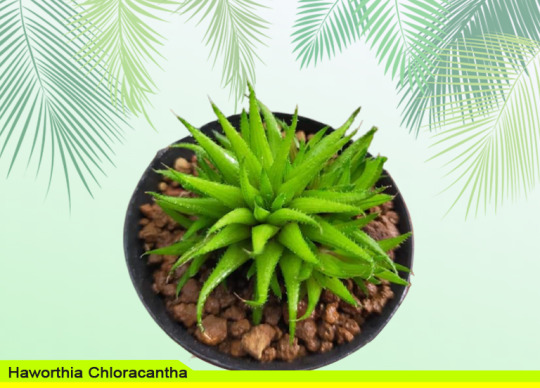
This succulent is a well-known yard or container plant. It has yellow-green leaves as well as a red facility that expands in globs. Each rosette has 18-25 fallen leaves which can mature to 1.6 inches long.
It is a low-maintenance plant that can grow in partial color and also just needs very little and also hardly ever watering. Haworthia Chloracantha is likewise frost-hardy and also can endure in a place with a temperature level of -5 oC.
The very best month to plant this delicious remains in March, when it is proactively expanding. And also its blooming time is in summertime, where it generates tiny white flowers.
12. Haworthia Reinwardtii
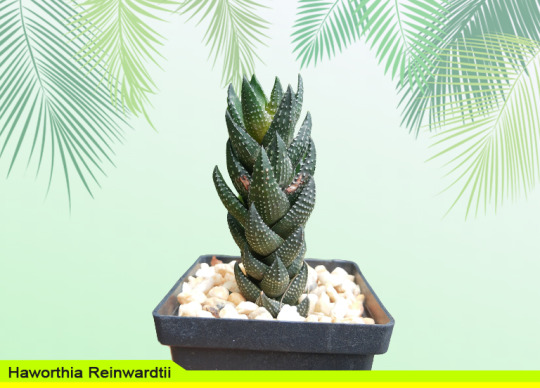
Haworthia Reinwardtii is a little clump-forming succulent referred to as African Pearls. The fallen leaves at the bottom of the plant are huge, and there are noticeably tiny white warts at the rear of each fallen leave that are rough in appearance.
This plant can grow up to 8 inches in height, as well as you can propagate it in seeds or offsets. Haworthia reinwardtii is not chilly durable and favors warmer temperature levels to expand beautifully. It creates white blossoms in springtime as well as is relatively safe to people and pet dogs.
13. Haworthia Viscosa
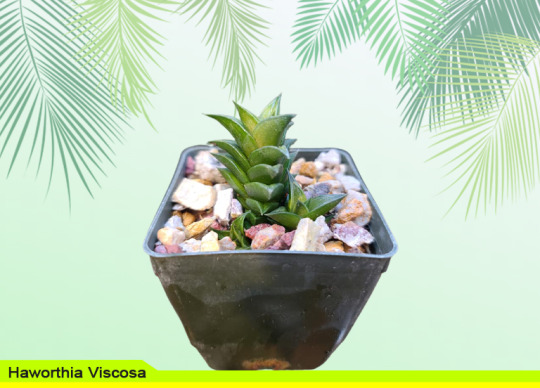
This succulent is one of the special types of Haworthia. It has actually extended rosettes loaded with three-column triangular fallen leaves.
Each leaf can reach 1.6 inches in elevation and also has a green to reddish shade. Haworthia Viscosa is also frost durable succulent and also can stand up to -5 0C. This succulent generates white to pinkish blossoms that show up in inflorescence.
It is best to grow this succulent in March when growing season and also area it in partial shade to achieve its ideal color.
14. Haworthia Nigra

Haworthia Nigra is also known as Black Haworthia as well as is belonging to South Africa. It has rosettes that can grow up to 10 centimeters high and also 6 centimeters vast.
It has noticeable dark environment-friendly to nearly black colored leaves that expand in three columns and also is triangular. Haworthia Nigra is a slow-growing but low-maintenance plant. It doesn't need much effort to create this succulent.
It can grow as long as you supply partial color and also minimal watering. Like any other Haworthias, Haworthia Nigra additionally generates white flowers in springtime. This plant is non-toxic to human beings and also animals, so it is safe to have it around.
15. Haworthia Emelyae

Haworthia Emelyae or Haworthia Picta is a tiny delicious that expands fleshy eco-friendly fallen leaves in a triangular form. Each leaf has white lines that appear like blood vessels. Haworthia emelyae can mature to 5 inches high. In springtime, it produces white flowers that are relatively tiny and also odorless.
16. Haworthia Bayeri

This succulent is also called "Moon Darkness." It is slow-growing yet among one of the most enjoyed kinds of Hawothias due to its indisputably stunning markings.
Haworthia bayeri has dark-colored fallen leaves with rounded pointers. From spring to summer, this plant produces whitish-green blossoms.
It is a low-maintenance plant, so there is no demand to spend lots of money. Haworthia bayeri is also versatile to various temperatures yet still favors cozy temperature levels in summer as well as cool in winter.
17. Haworthia Cooperi Picturata

Haworthia Cooperi Picturata is a small stemless succulent. It has yellow-green leaves that grow in a curvy internal instructions which creates globs.
Each leaf has environment-friendly cellular linings, aimed tips, and little white thorns. Haworthia Cooperi Picturata creates pinkish-white blossoms from springtime to summertime. This sort of Haworthia is an essential succulent, and it is an excellent indoor or outside plant.
18. Haworthia Hybrid Cooperi var. Venusta x Succulent chocolate
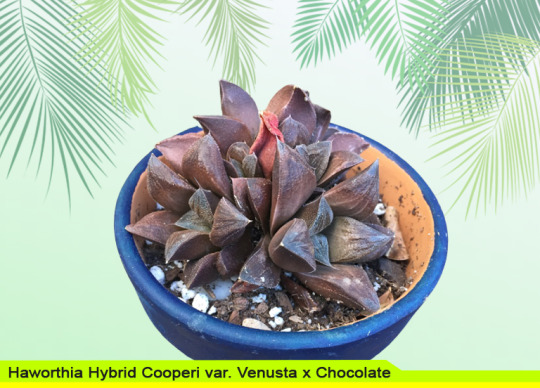
This kind of Haworthia is a hybrid with amazing reddish-brown colored fallen leaves. Its fallen leaves are thick as well as rough and also have a triangular form.
When mature, this succulent can reach 5 inches tall - Haworthia Hybrid Cooperi var. Venusta x Chocolate or Haworthia Chocolate chooses partial color to full sun. It is additionally drought-tolerant to ensure that it can thrive without water for weeks or months.
19. Haworthia Koelmaniorum

Haworthia Koelmaniorum is a kind of Haworthia that is belonging to the North part of South Africa. It is a succulent that adjustments shade gradually, from brownish environment-friendly to red shade. Its leaves are harsh and thick.
In summertime, this Haworthia creates white flowers. Bright light is required for this plant to achieve its natural shade as well as prosper. Unlike various other Haworthias, Haworthia Koelmaniorum seldom has a balanced out.
20. Haworthia Transiens
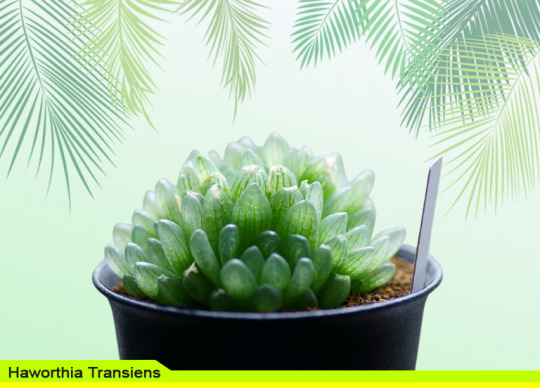
Haworthia Transiens is a stemless plant that has fleshy light eco-friendly foliage. Its leaves are rather rounded with sharp red ideas. Despite the fact that this type of Haworthia is a terrific indoor or exterior plant, it can just grow up to 2 inches tall considering that it is a fairly little delicious.
The 20 noted various kinds of Haworthia succulents over are just several of the must-haves. Haworthias are very easy to care for, and you can select from a wide variety of choices. They might all look comparable in dimension, however their one-of-a-kind attributes are various from one another. It is really impossible to stand up to the beauty of this type of plant. It is also excellent to recognize that Haworthias are human and pet-friendly, with low-maintenance house plants.
If you desire extra HAWORTHIA CARE GUIDE AND PROPAGATION TIPS, click the link and also you will see our ideas as well as guide to care the Haworthia.
#DIFFERENT TYPES OF HAWORTHIA SUCCULENTS#Haworthia Coartata#Haworthia Margaritifera#Haworthia Venosa#Haworthia Attenuata#Haworthia Fasciata#Haworthia Cuspidata#Haworthia Truncata#Haworthia Springbokvlakensis#Haworthia Bolusii#Haworthia Angustifolia#Haworthia Chloracantha#Haworthia Reinwardtii#Haworthia Viscosa#Haworthia Nigra#Haworthia Emelyae#Haworthia Bayeri#Haworthia Cooperi Picturata#Haworthia Hybrid Cooperi Var. Venusta x Chocolate#Haworthia Koelmaniorum#Haworthia Transiens
0 notes
Text

Haworthia cuspidata - 🌱
0 notes
Photo
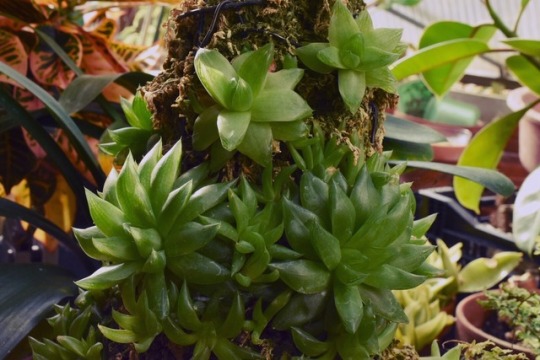
Check out this sphagnum moss cone planter! when i first saw this planter a little over a year ago it had only five or six tiny haworthia growing in it. it’s misted about 5 or 6 times per day to keep it lightly moist, but other than that it’s left alone. 😮
#plants#succulents#haworthia#moss#plantblr#haworthia cuspidata#sphagnum moss#moss planter#star window plant#cool planters#cacti and succulents#my photos#los-plantalones
80 notes
·
View notes
Photo

A haworthia cuspidata with its pups 😍😍
31 notes
·
View notes
Photo

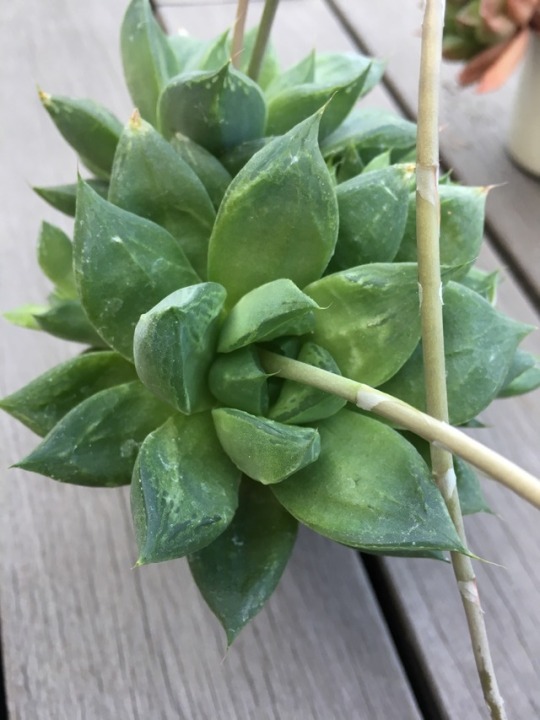
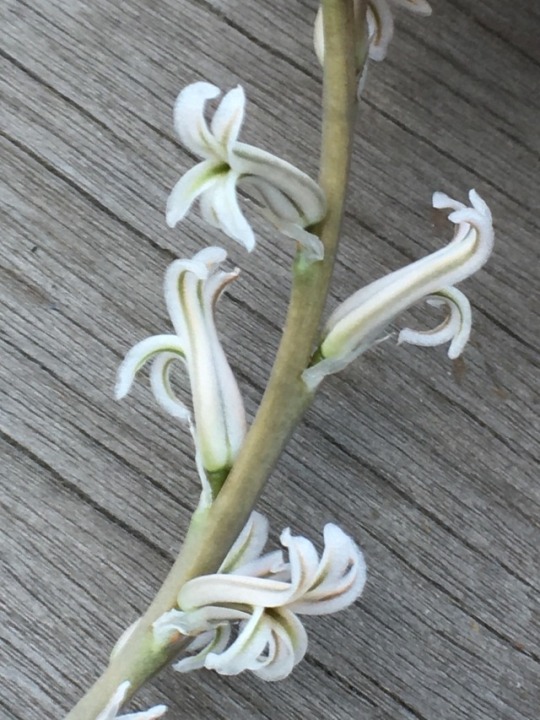
All the Haworthias cuspidata blooming now. It´s a very good choice of succulent plant for beginners; stands well excesses or lack of watering, cold and warm weather and propagates very easily. Prefers a shady location
Todas mis Haworthias cuspidata están floreciendo. Esta planta suculenta es una muy buena elección para principiantes: soporta bien excesos o falta de agua, el frío y el calor, y se propaga con facilidad. Prefiere un sitio en sombra
107 notes
·
View notes
Text




decided to get myself some presents after graduating :) Sempervivum arachnoideum, some type of haworthia (i think Haworthia cuspidata), and some type of echeveria—Echeveria lilacina maybe
edit: pretty sure the haworthia is actually H. retusa
#unfortunately i think i’ll have to cut off the echeveria flowers (bottom right)#the stalk got damaged :/#but they are all so very pretty!#my plants#houseplants#flowers#succulents#haworthia#haworthia retusa#star cactus#sempervivum#sempervivum arachnoideum#echeveria#echeveria lilacina#ghost echeveria
0 notes
Text

Wednesday, 16th September, 2020
A haworthia flower? 😯
🌱🌱🌱
10 notes
·
View notes
